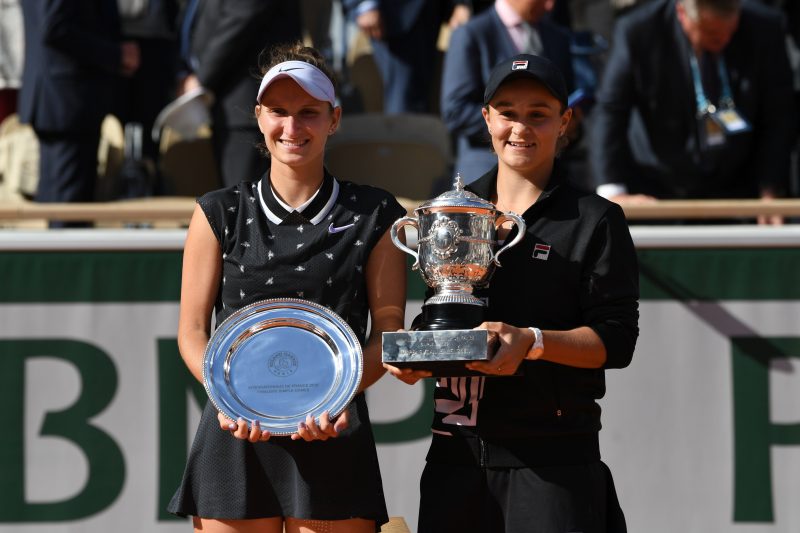What will we remember about the 2019 French Open? The return of Roger Federer, or the restarting of his 15-year-old rivalry at the tournament with Rafael Nadal, or Nadal’s bid for an umpteenth title, or Dominic Thiem’s thwarting of Novak Djokovic’s second Roland Garros – and non-calendar Slam – title. Or, will we think of how botched up French Tennis Federation’s (FFT) organisational and scheduling skills were, in which the male players looked to have preferential footing over the women. The controversy involving Thiem’s and Serena Williams’ press conferences, notwithstanding?
We will remember all of these. Even so, thinking about how one press conference was shunted aside to accommodate the other, ostensibly that of a man, will be a reminder of how women snatched the narrative of the event for themselves, from start to finish.
When the women’s singles draw was released, the usual bunch of names remained in the spotlight. Naomi Osaka, Petra Kvitova, (then) defending champion Simona Halep, Karolina Pliskova, Garbine Muguruza, Sloane Stephens, Elina Svitolina, and even Serena Williams dominated the discussion even as the other seeded and non-seeded players remained in contention. As is wont in tennis – especially in women’s tennis – predictions about potential upsets also took an important place of their own, though no one really expected a wild ride this time around.
At least, that was the consensus with expectations overflowing that one among these women would fulfil the coffers of consistency. However, as results flew about in a non-linear manner, rather than heighten frustrations about the women’s tour’s unpredictability, exuberance reigned high about the currently-prevailing depth in the women’s side of the game.
Case in point: Johanna Konta reaching the semi-final in Paris in spite of possessing a poor record previously in the tournament. Or, the manner in which youngsters such as Sofia Kenin, Amanda Anisimova, and Marketa Vondrousova rose collectively in a show-of-arms about them being the sport’s future, extending the subject from where Osaka had left it off at the Australian Open. Even 23-year-old Ashleigh Barty’s winning her first Major against the 19-year-old Vondrousova, for that matter, can be considered a continuation of the aspect of the younger lot shining.
The NextGen Dilemma
And one cannot help but think if the lack of hyping about Next Generation” players among the women has contributed to younger non-favourites finding it easy to establish themselves in the mainstay of the WTA tour.
It would be wrong to compare the men’s half of tennis with that of the women. Nonetheless, there is no denying that the likes of Alexander Zverev, Denis Shapovalov, Felix Auger-Aliassime, Borna Coric and Stefanos Tsitsipas gained somewhat premature prominence. In that, the roadmap about their probable path to glory was set even before they could find – and make – their place in the frenetic tour. To be honest, except for Zverev, and Tsitsipas this year, the others are still struggling to push themselves to where they are capable of belonging.
Not that all younger players in the women’s tour have found their groove. For many, it is still work-in-progress. Having said that though, it is unquestionable that the WTA’s pace is way ahead of that of the ATP in being able to bring its future to the forefront parallelly alongside its present.
That the organisers of the 2019 French Open were oblivious to this unique selling proposition (USP) of the women’s game as it went about prioritising the other gender, then, ought to be remembered the most about the Major. So that by the time the next Slam – and even other events – come about, apathy and indifference do not tar the women’s draw, reducing it to some kind of unavoidable-yet-unimportant sideshow.






